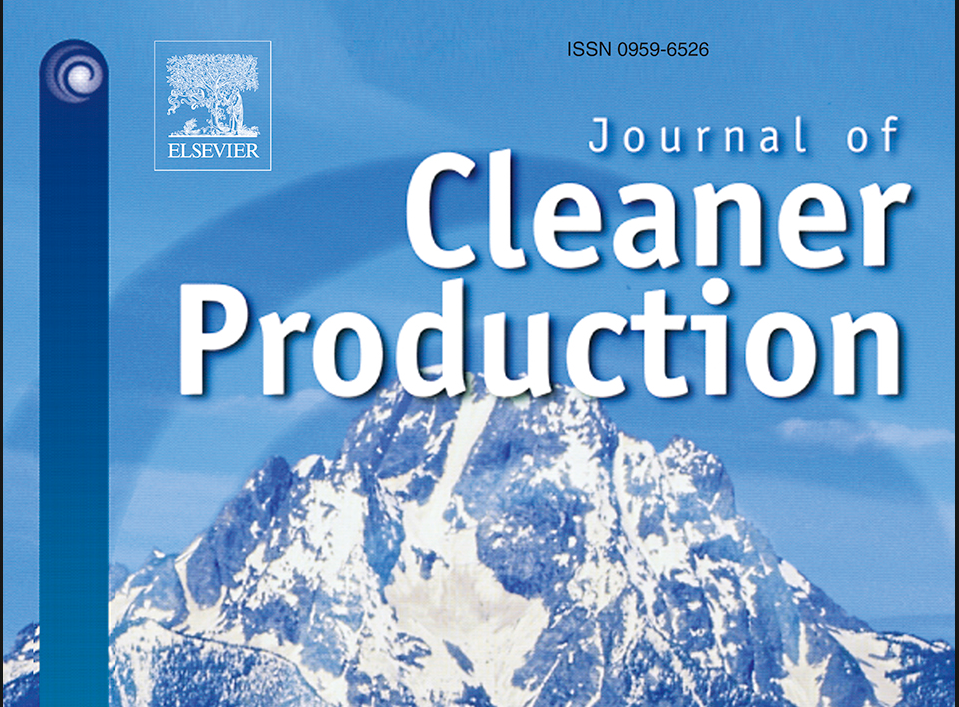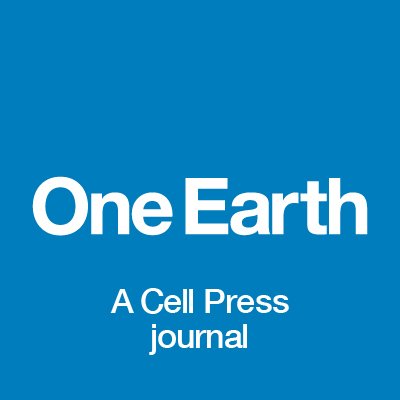


https://onlinelibrary.wiley.com/doi/10.1111/jiec.13018
Abstract Here, we present the LC-IMPACT method that provides characterization factors at the damage level for 11 impact categories related to three areas of protection (human health, ecosystem quality, natural resources).
Session 3 Purpose This software session focuses on reproducing the results of an LCA paper on economic allocation, defining functional flows and identifying multi functional processes, with the software program CMLCA. In today’s exercises, you will learn:
to understand the main principles of economic allocation; how such analyses work in CMLCA software. You may perform the exercise alone or together with (a) colleague(s) in a virtual room, and again, you don’t have to hand in the results.

The International Journal of Life Cycle Assessment volume
Jeroen B. Guinde*, Reinout Heijungs and Gjah Huppes
2004

Avoided burden1
Most existing LCA databases today do not include multi-functional processes.
including ecoinvent MF is ‘solved’ by database developers by delivering only mono-functional datasets.
Mostly, practitioners cannot change this methodological decision anymore and often don’t realize that they are handling (‘accepting’) more MF issues than they realize.
Consequently, most software doesn’t include ways to address MF.
While it is known as one of the most determining factors of LCA results.

https://link.springer.com/content/pdf/10.1007/s11367-021-01955-5.pdf
Almost every overview of LCA gives a graphical indication of the idea of a life cycle. Such diagrams consist of a linear sequence or network of blocks, connected with arrows, representing the major life stages of a product life cycle. Examples from recent textbooks on LCA can be found in Klöpffer and Grahl (2014, p. 2), Jolliet et al. (2016, p. 36), and Hauschild et al. (2018, p. 120). All such flow diagrams agree on the basic setup of a chronological order: resource becomes products, products are used, and it all ends with disposal of waste.
